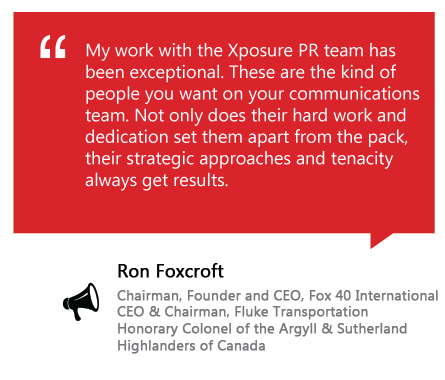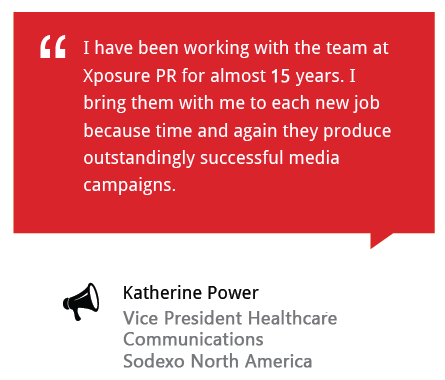Presenting like a pro
Presentations can be a nightmare for some and smooth as silk for others. For many, speaking in front of a large group of people is as appealing as nails on a chalkboard. For others it is a source of adrenaline that feeds their soul.
Sports Shoes | Custom Air Force 1 - Design Your Own Sneaker , FitforhealthWhether you are presenting in front of a group of volunteers, a team of employees or at a large conference, the number one key to a great performance is practice. When you practice, it allows you to identify which words cause you to stumble, which are awkward or repetitive or require a little pizazz. Some presentation pros suggest practicing in front of a mirror. That can be very helpful. I prefer my dog. She is a fabulous listener and even though she sometimes falls asleep, all I need to do to get her back onside is to rattle the treat jar (see point 8).
Here are a few other tips for creating and presenting a like a pro.
- Know your stuff. Stick with content that you are comfortable with. People with confidence in their knowledge know that they are well prepared and ready for anything.
- Keep it simple. Avoid PowerPoint slides with lots of bullets and text. If people are given an opportunity to read or listen they will usually read at their own pace. If they are reading, and not listening, you have lost them.
- Use visuals. Perk up your presentation with lots of colour and visuals. There are tonnes of images available on the web that you can incorporate into your presentation to add depth and meaning. Video is also a great medium to break up a presentation and to support a point.
- Understand the power of a pause. Great speakers know when to pause. It adds impact. Before getting to an important point, stop for a beat or two. Pause. Breathe. It will get everyone’s attention and they will be listening when it really counts. A pause after an important point is equally effective.
- Use stories. Try to weave in a few stories to illustrate your points. People are generally interested in who you are as a presenter and if you can share a relevant story from your life experience it will add a personal side to your presentation.
- Be brief and get to the point. If there is a way to communicate a theory or idea in simpler terms, do it. Everyone is busy, time is precious and unless there is a reason to go beyond 15 or 20 minutes, stick to around that time.
- Be passionate. Audiences want to be inspired. And if you want your audience to act or engage in something they need to see that you are in it for the right reasons. If your true passion shines through it will strengthen your position and credibility.
- Enjoy yourself. Try to add a sense of fun or provide some kind of takeaway for your audience. It doesn’t have to be elaborate. Perhaps some little chocolates or mints to savour the experience.
- Engage your audience. If the format permits it, try to encourage some kind of audience participation. Of course the standard Q&A at the end of presentation is popular, however it is ideal to start engaging your audience from the start. A lot of presenters will take a poll of audience members to create a sense of engagement and to get to know the audience more closely.
- Stick around afterward. While you may wish to get out of there as quickly as possible, try to stick around. Some of the best questions, connections and interactions happen after the presentation has had a chance to sink in. This is where even more dialogue can get started!





